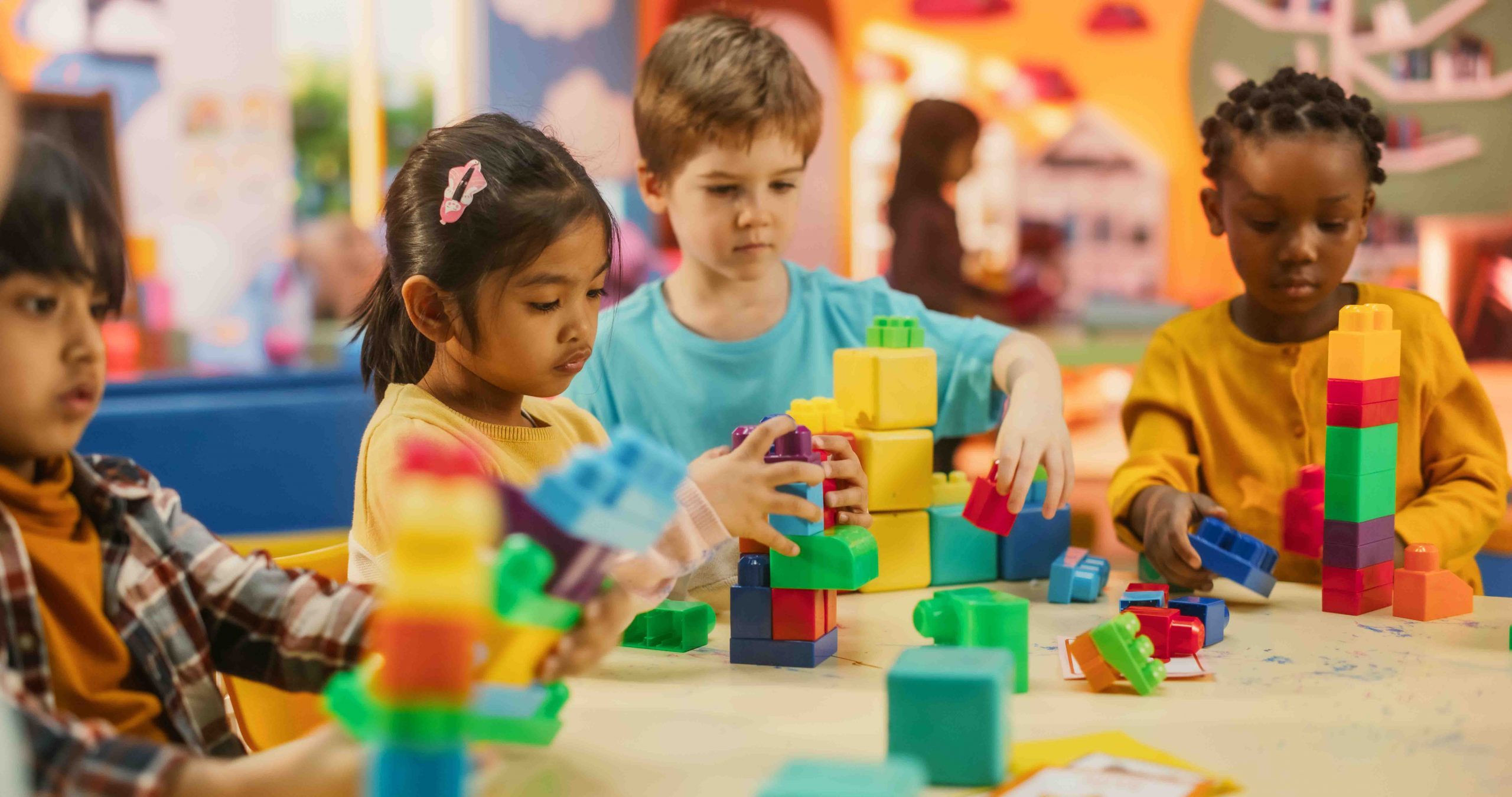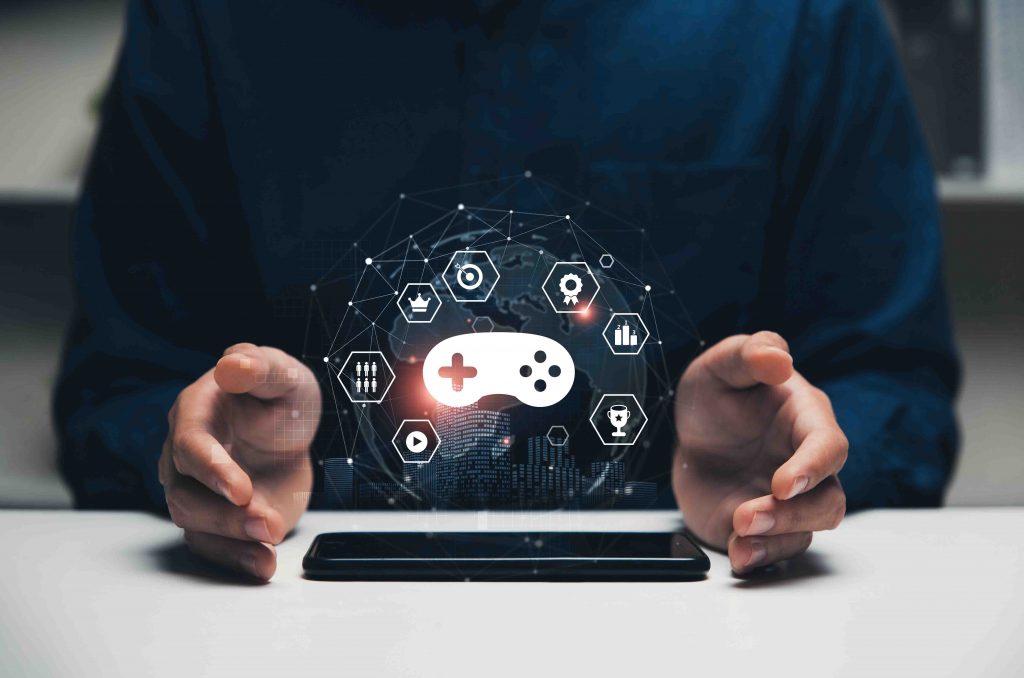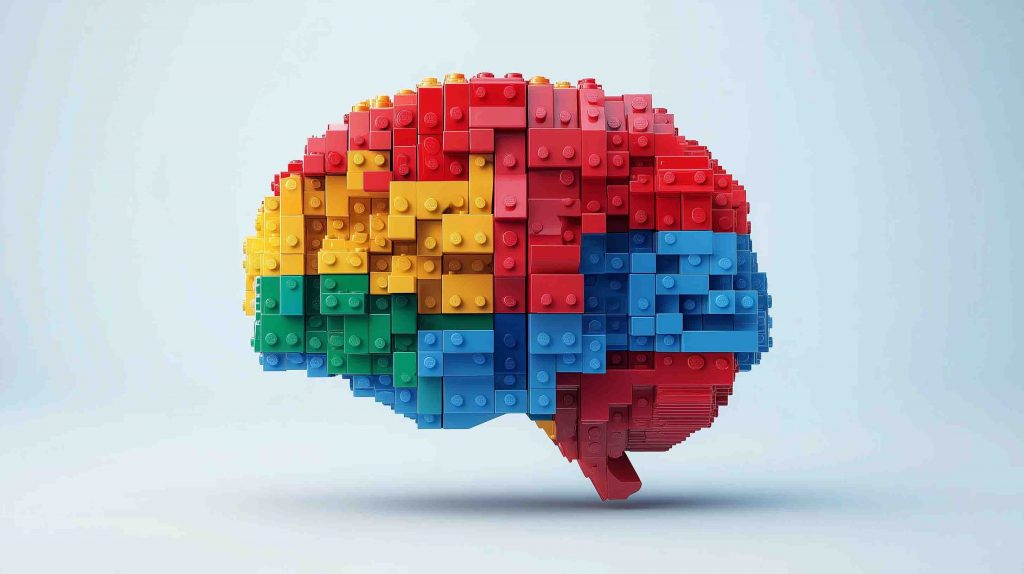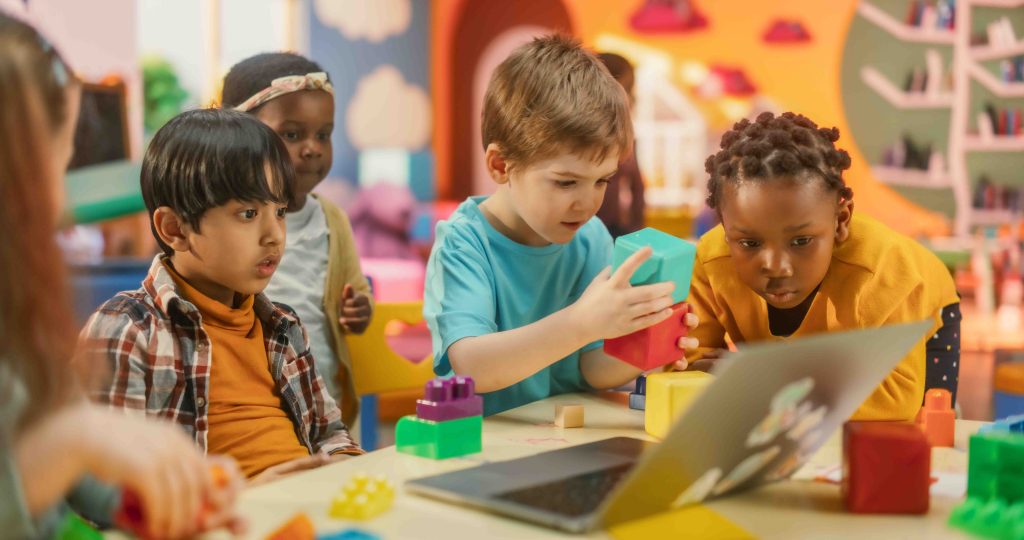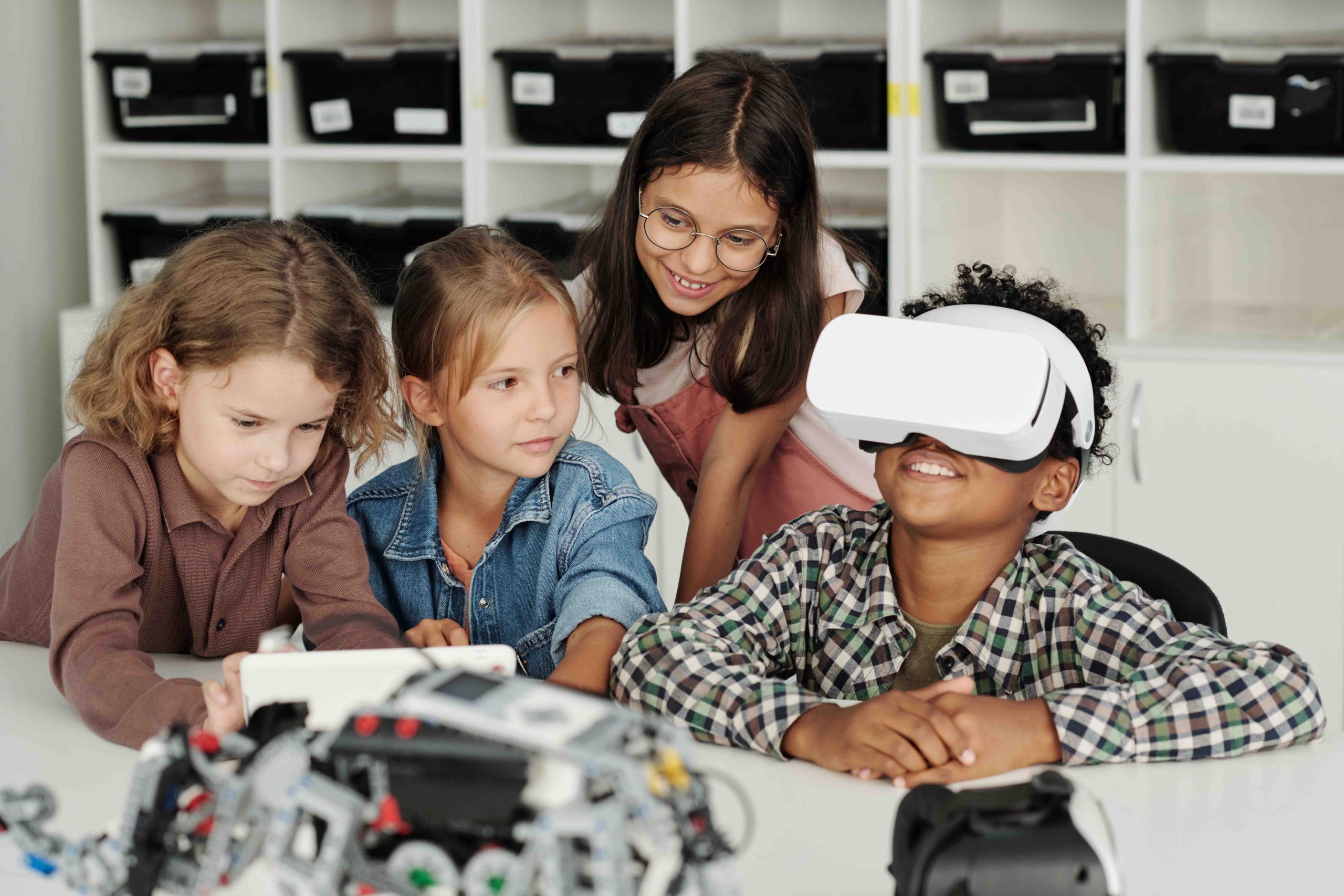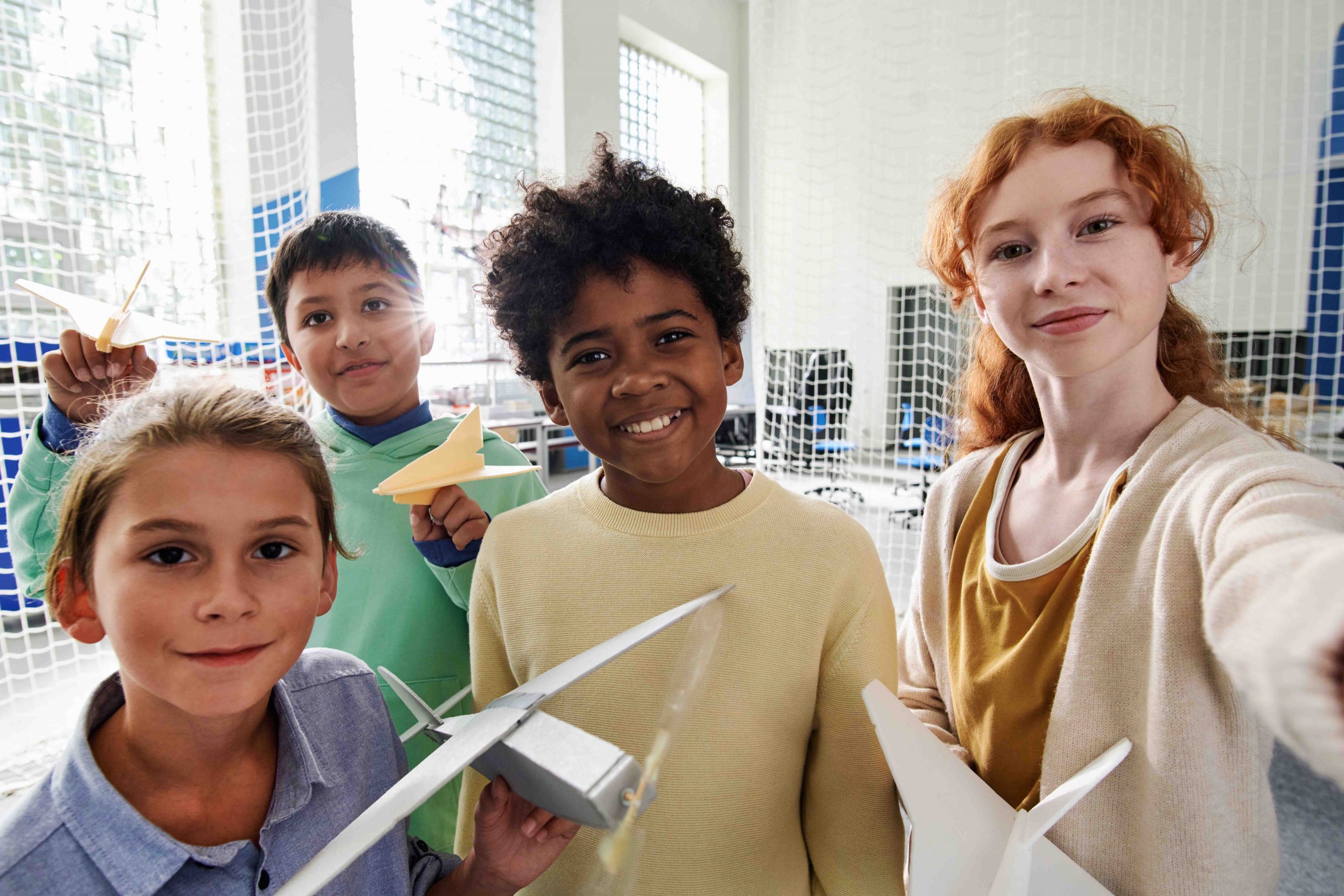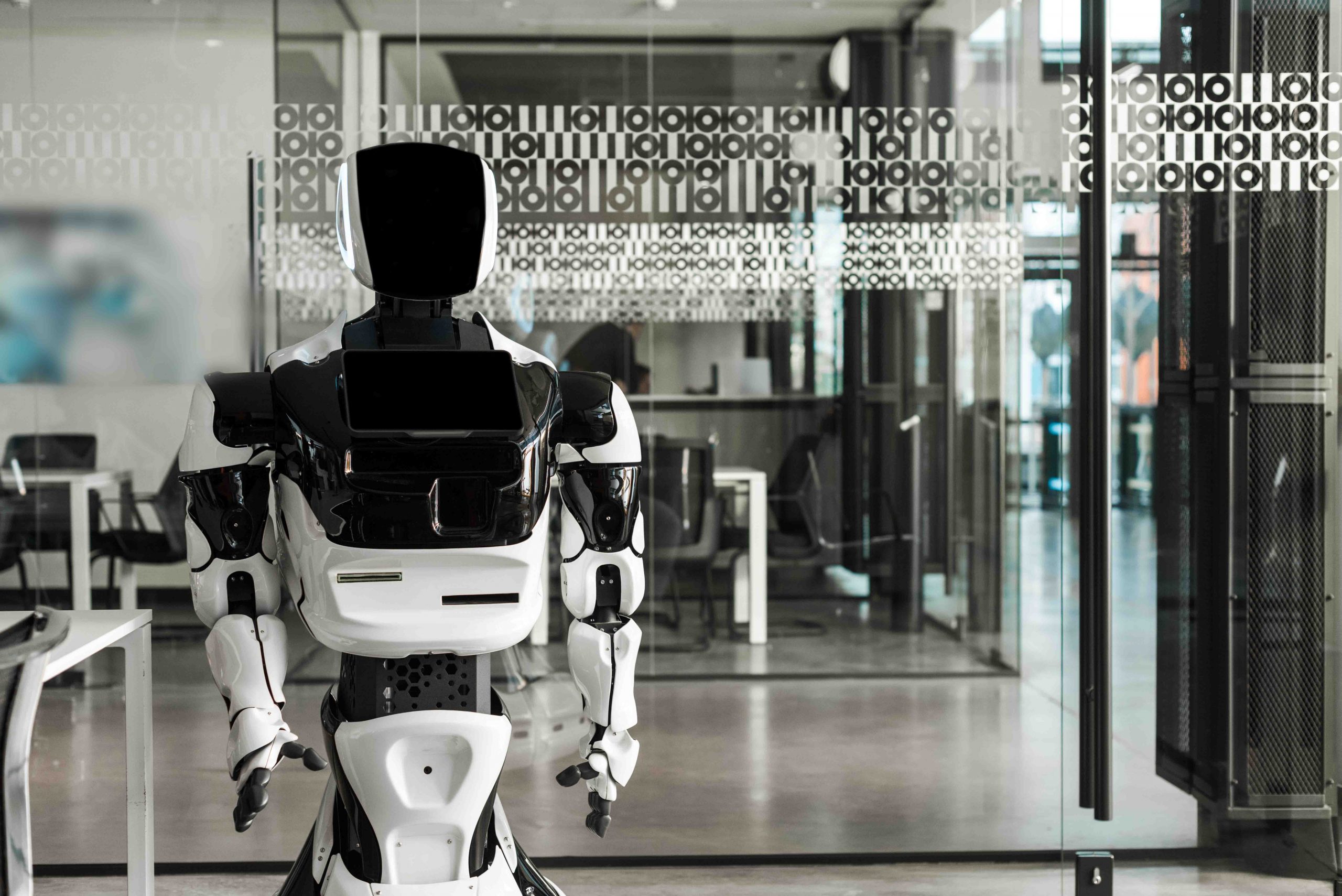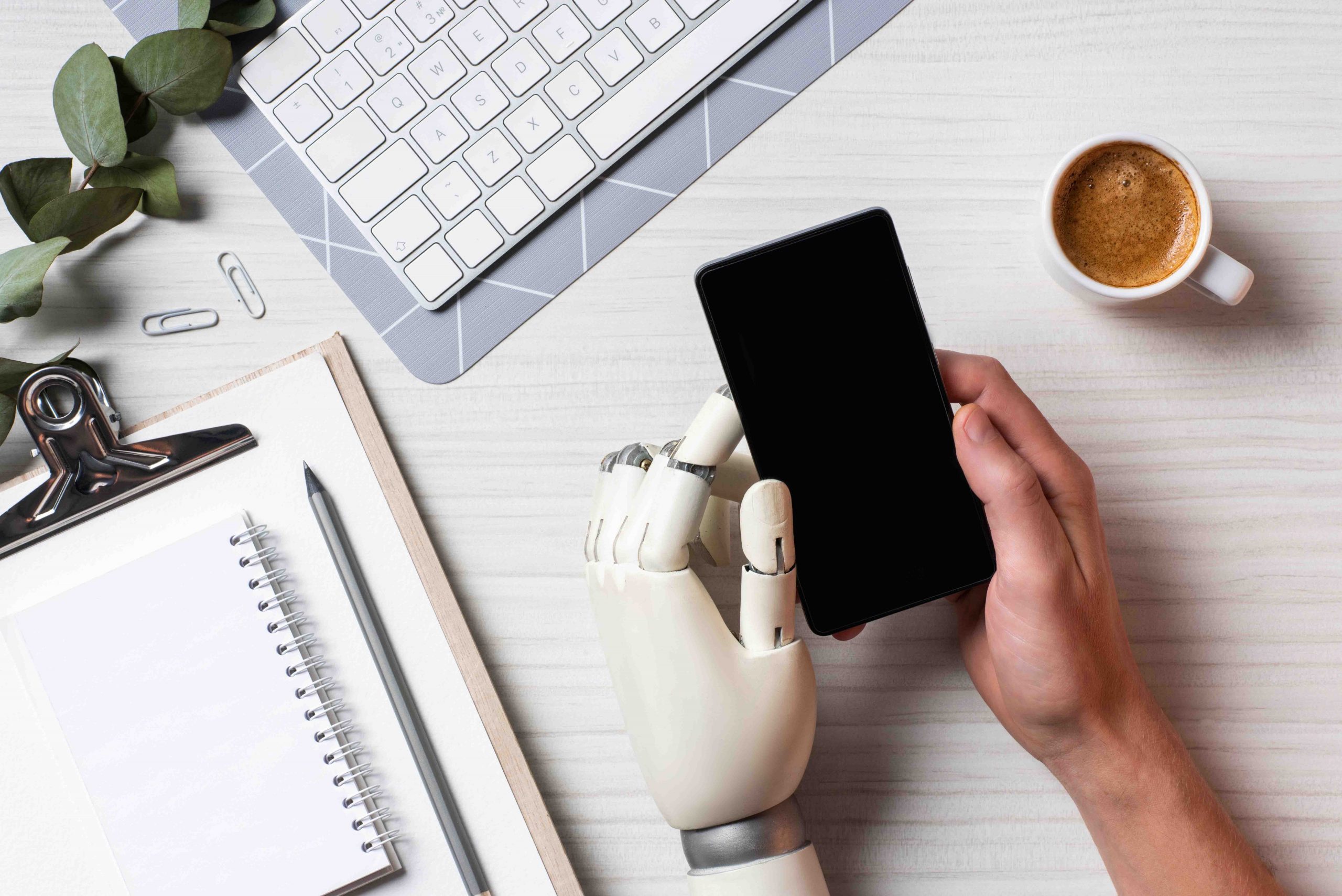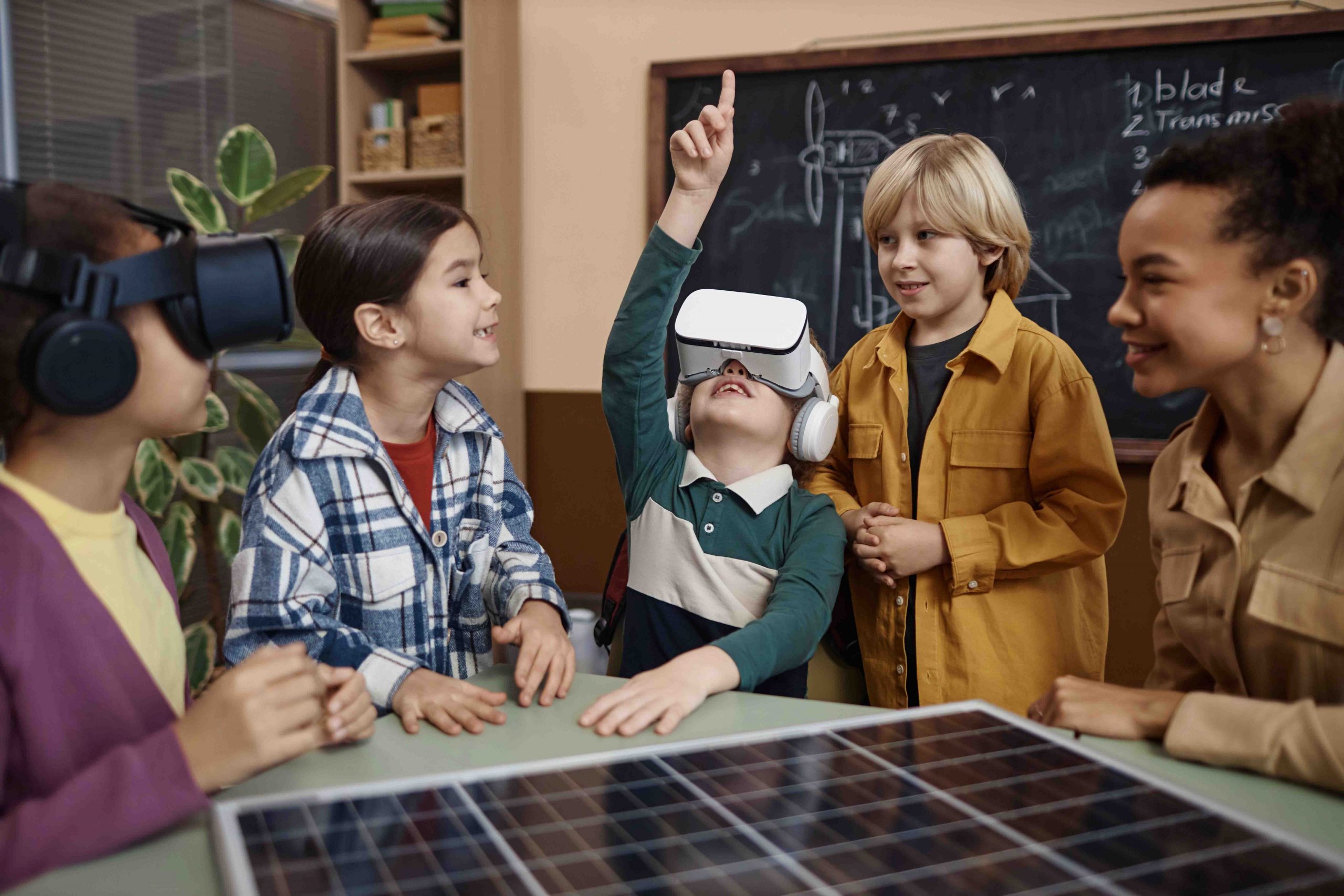Missions, Not Modules: How Purpose-Driven Learning Sparks Entrepreneurs and World-Changers
What if school was less about ticking boxes—and more about solving real problems? Mission-based learning helps kids connect curiosity with contribution.
Imagine fifth graders not just learning about sea level rise, but designing living shoreline projects to help protect coastal ecosystems. Picture high schoolers not just studying nutrition, but transforming vacant lots into community gardens that provide fresh produce to local families. Envision middle school students not just reading about biodiversity loss, but creating urban wildlife corridors that connect fragmented green spaces throughout their community.
These aren’t yet realities everywhere—but they represent the transformative potential of mission-based learning, an approach that’s gaining momentum in forward-thinking educational environments around the world.
This is mission-based learning in action, and it represents a profound shift in how we think about education—a shift that couldn’t come at a more critical time.
Knowledge Abundance in an AI-Powered World
We’re witnessing a historic transition: For the first time in human history, access to information is no longer the limiting factor in education. With AI systems now able to instantly retrieve and synthesize virtually all human knowledge, the value proposition of traditional education—centered on knowledge acquisition and retention—has fundamentally changed.
When any fact, formula, or historical detail is available within seconds, education can no longer be primarily about:
- Memorizing information
- Following prescribed steps
- Completing standardized modules
- Progressing through disconnected subjects
Instead, education must focus on the uniquely human capacities that transform information into impact:
- Identifying problems worth solving
- Connecting knowledge across domains
- Collaborating across differences
- Taking ethical, purposeful action
In today’s world, it’s no longer about knowing facts. What matters is understanding, connecting ideas, and creating new solutions.
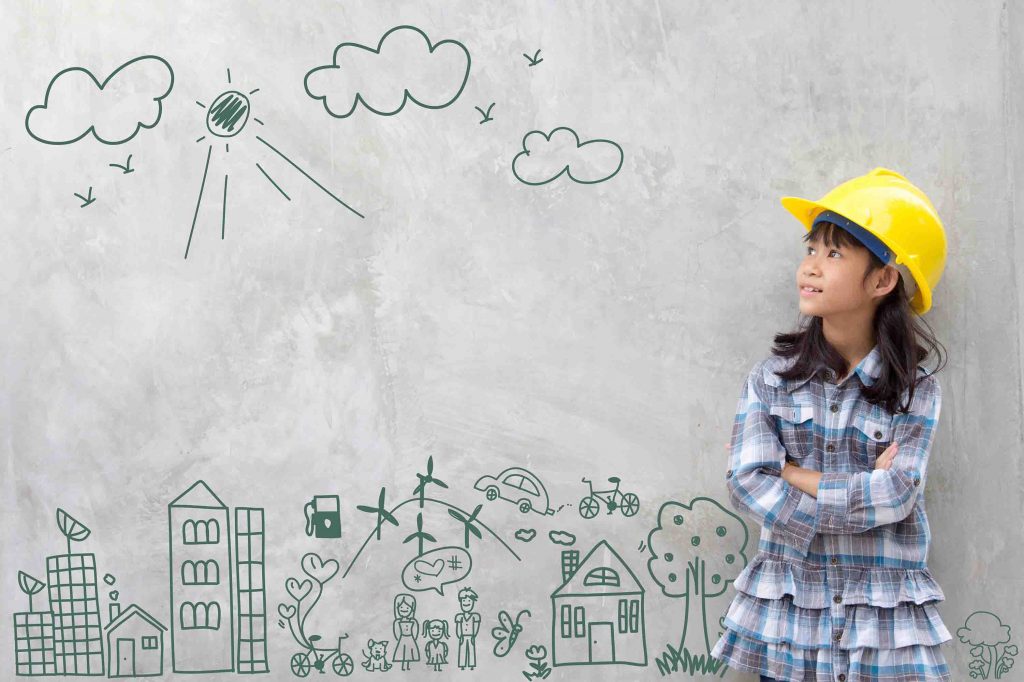
The Limits of Module-Based Learning
Traditional education often resembles a series of boxes to check:
- Complete this worksheet
- Memorize these facts
- Pass this test
- Move to the next unit
This modular approach made sense in an industrial economy that needed workers to follow instructions and perform predictable tasks. It aligns perfectly with a world where knowledge is scarce and needs to be efficiently transmitted.
But in today’s world of knowledge abundance, this approach falls critically short:
- It divorces learning from purpose, reducing intrinsic motivation
- It fragments knowledge into artificial subject silos
- It emphasizes content consumption over creative production
- It prioritizes individual achievement over collaborative impact
- It separates school learning from real-world application
Most importantly, module-based learning fails to develop what our children need most: the capacity to identify meaningful problems and mobilize knowledge, skills, and collaboration to address them.
Mission-Based Learning: Education with Purpose
Mission-based learning flips the traditional model on its head. Rather than starting with content to be covered, it begins with challenges to be addressed:
- How might we reduce food waste in our school cafeteria?
- What could make our community more accessible for people with disabilities?
- How can we share the stories of local elders with future generations?
- What would make our school’s energy use more sustainable?
These aren’t hypothetical exercises or simulations—they’re real problems affecting real people that students can actually help solve.
Within this mission-based framework:
- Content knowledge becomes a tool for achieving meaningful goals
- Skills develop in the context of authentic application
- Assessment emerges naturally from real-world impact
- Collaboration becomes essential rather than optional
- Students see themselves as capable agents of positive change
As Don Wettrick, founder of the Innovation Initiative, puts it: “When students see themselves as problem solvers rather than just students, everything changes—their motivation, their self-concept, and the depth of their learning.”

The Science of Purpose-Driven Learning
The effectiveness of mission-based learning isn’t just philosophical—it’s grounded in our understanding of how the brain learns:
Motivation and Neurochemistry
When learning connects to meaningful purpose, the brain releases dopamine, which enhances attention, memory formation, and intrinsic motivation. Purpose literally changes brain chemistry in ways that facilitate deeper learning.
Transfer of Learning
One of education’s greatest challenges is transfer—helping students apply knowledge in new contexts. Research shows that learning anchored in authentic problems dramatically improves transfer, as students develop mental models based on actual application rather than abstract instruction.
Authentic Cognitive Demand
Real-world problems rarely have simple, clear-cut solutions. They require integrating multiple types of knowledge, considering diverse perspectives, and navigating ambiguity—precisely the types of cognitive demands students will face in their futures.
Identity Formation
Perhaps most powerfully, mission-based learning shapes how students see themselves. Rather than passive recipients of knowledge, they become active contributors to their communities. This identity shift has profound implications for their sense of agency and future engagement.
From Service Projects to Transformation
It’s important to distinguish true mission-based learning from more superficial approaches to community connection.
Traditional service projects often take the form of one-time events with predefined problems and adult-directed activities. They typically maintain a “helping” orientation, remain separate from academic content, and focus primarily on completing required service hours.
In contrast, mission-based learning involves sustained engagement with student-identified challenges and student-led initiatives. It establishes a partnership orientation rather than a charity mindset, integrates deeply with core academic learning, and focuses on measuring actual impact created rather than time invested.
The most powerful mission-based learning experiences position students not as helpers but as co-creators of solutions alongside community members. The focus shifts from completing service requirements to creating meaningful, sustainable change.
Missions in Action: Three Models
Mission-based learning can take various forms, each with distinct strengths:
Community-Connected Challenges
Students in Tacoma, Washington partnered with their local watershed council to address declining salmon populations. Their work spanned biology (studying salmon life cycles), chemistry (analyzing water quality), engineering (designing stream restoration features), and communication (creating public awareness campaigns).
The result wasn’t just deeper learning—it was actual environmental restoration that has helped salmon populations begin to recover.
Entrepreneurial Problem-Solving
High school students in rural Kentucky identified a problem: many elderly residents struggled to navigate digital health systems. Rather than simply “helping” seniors with technology, the students created a sustainable solution—a student-run tech support business that provides affordable assistance while generating revenue to sustain the program.
In the process, they developed technical skills, business acumen, and deep empathy—all while meeting a genuine community need.
Global Collaboration Networks
Students from schools in six countries formed virtual teams to address plastic pollution in their local waterways. Each team conducted research in their region, then collaborated across borders to develop coordinated solutions that could be implemented locally while contributing to global impact.
This model helped students understand how local actions connect to global systems—an essential perspective for addressing complex challenges.
Preparing for an AI-Transformed World
As AI systems continue to advance, the transformation of education becomes increasingly urgent. When algorithms can instantly generate essays, solve complex equations, and synthesize research, the value of education must shift from knowledge transmission to purpose-driven application.
Mission-based learning prepares children for this reality by developing capabilities that remain distinctly human:
- Purpose discernment: Identifying which problems are worth solving
- Ethical reasoning: Considering the implications of potential solutions
- Human connection: Building relationships across differences
- Systems thinking: Understanding how interventions affect complex systems
- Creative integration: Combining ideas in novel, contextually appropriate ways
These capacities will remain valuable regardless of how AI technology evolves, because they focus on the uniquely human ability to transform knowledge into meaningful action.
Starting the Shift: From Modules to Missions
Transforming education doesn’t require rebuilding the entire system overnight. Here are ways to begin the shift toward more mission-centered learning:
For Parents
- Ask different questions. Rather than “What did you learn today?” try “What problems are you solving at school?” or “How is your learning helping others?”
- Connect home learning to purpose. When your child shows interest in a topic, help them identify related problems they might help address.
- Seek community connections. Introduce your child to community organizations addressing issues they care about. These relationships can become platforms for meaningful learning.
- Celebrate impact over achievement. Show more excitement for how your child’s work affects others than for grades or test scores.
For Educators
- Start with a single unit. Transform one traditional unit into a mission-based experience by identifying related community challenges.
- Build authentic partnerships. Develop relationships with community organizations that can become long-term learning partners.
- Invite student voice. Create structured opportunities for students to identify problems they want to help solve.
- Rethink assessment. Develop evaluation approaches that measure real-world impact alongside academic learning.
For School Leaders
- Create flexible scheduling. Mission-based learning often requires longer blocks of time and opportunities to leave campus.
- Invest in relationship development. Allocate resources for teachers to build meaningful community partnerships.
- Redefine success metrics. Develop ways to measure community impact alongside traditional academic indicators.
- Tell powerful stories. Document and share the transformative experiences that emerge from mission-based learning.
The Future Belongs to Purpose-Driven Learners
In an age where all of human knowledge is instantly accessible, the most valuable education isn’t about acquiring information—it’s about developing the capacity to use that information for meaningful impact.
As author and educator Tony Wagner observes: “The world doesn’t care what you know; it cares what you can do with what you know.”
Mission-based learning develops exactly this capacity—transforming education from a process of passive consumption to one of active contribution. It helps children connect their curiosity with purposeful creation, their learning with tangible impact.
Most importantly, it shifts the fundamental question of education from “What do students need to know?” to “Who do students need to become?”
The answer, increasingly, is clear: they need to become people who can identify meaningful challenges, collaborate across differences, and transform knowledge into purpose-driven action.
In a world of information abundance, this is the true currency of the future—and mission-based learning is how we help our children develop it.
How might you transform one aspect of your child’s learning from modules to missions? Share your ideas in the comments below.








